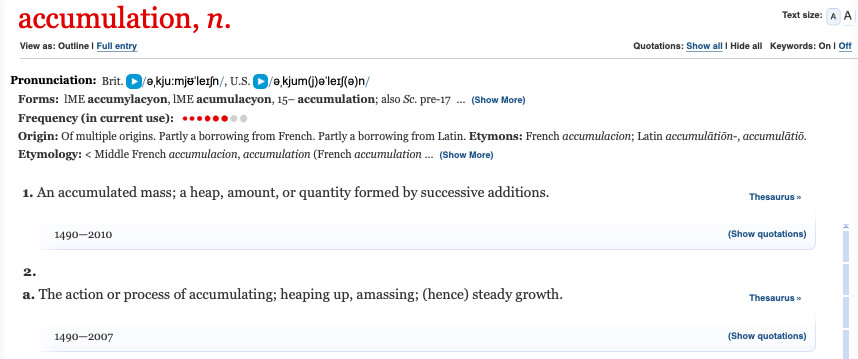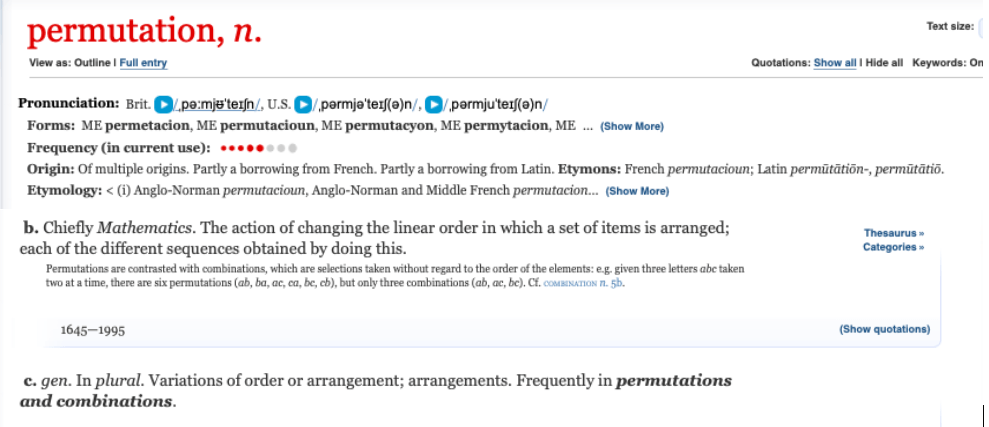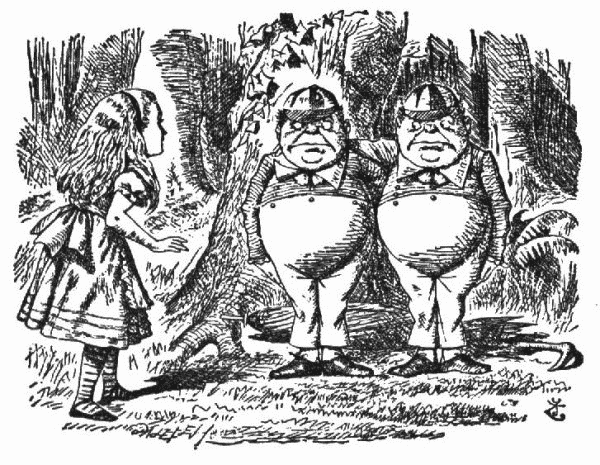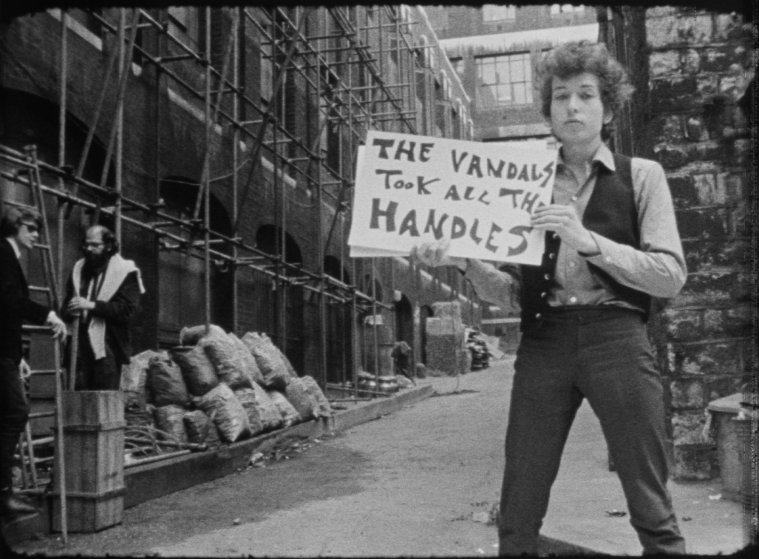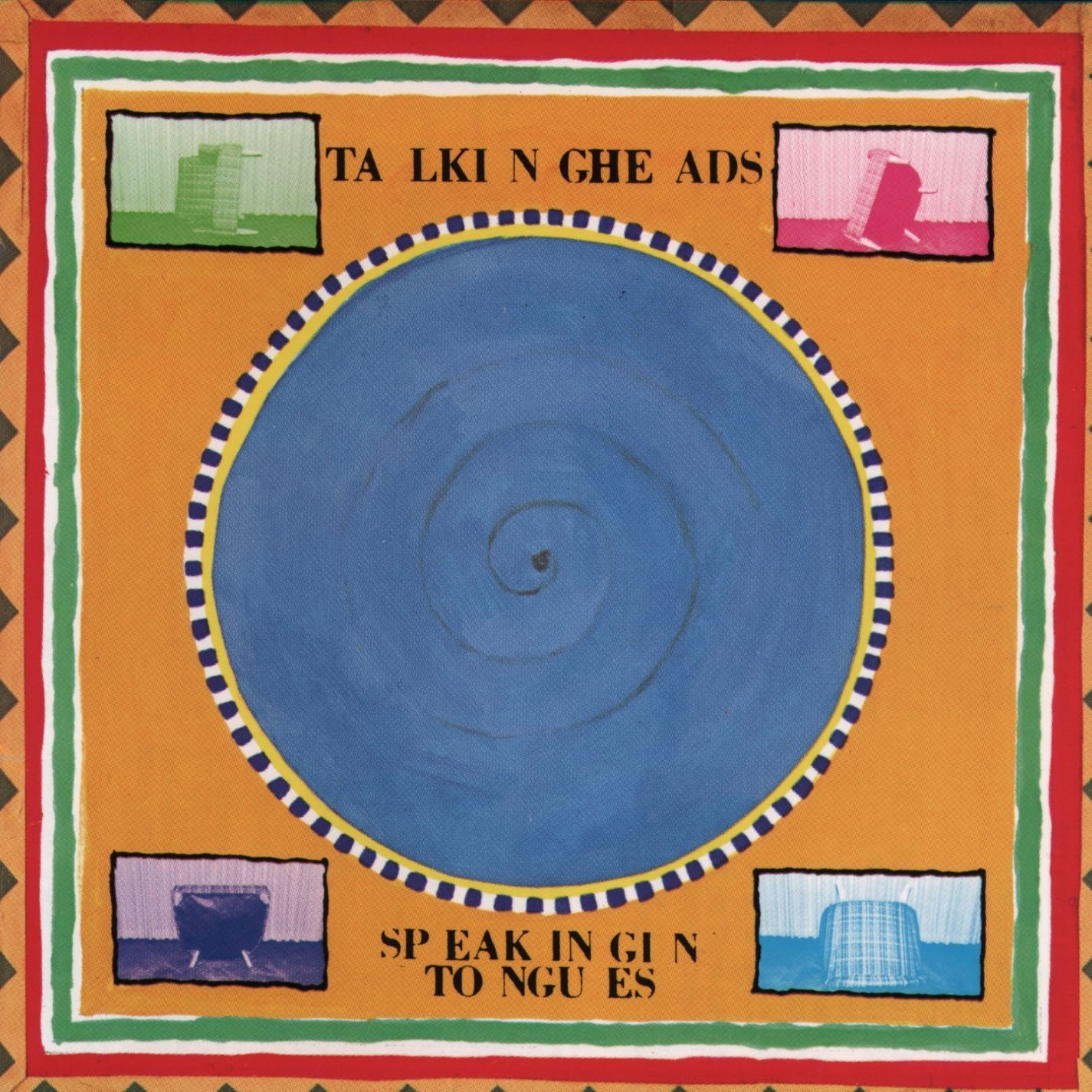Response 22 - Chair Pose
Dear Marie,
I enjoyed this task because it felt like I was making progress towards defining my own poetics and towards imagining how they (and I) might work in relation to your own concerns and poetics. You set me a task to build on the work you did for Response 21, in which you imagine rehearsing a section from a possible performance piece on our project. I liked that the approach you took was concerned with the reenactment of a simple/complex choreography from Trisha Brown. I like this because reenactment has been a key approach and theme in the project as a whole and it seems to me that any ‘report’ or performance about or derived from the project should not only be concerned with project content but should re-employ/deploy the approaches (and therefore the generating mechanisms) of the work. And this is what I have tried to do in my response this week as well.
Accumulation / Permutation
In carrying out my task, I wonder if I have clarified one dimension of difference between our poetics?
You give the title of ‘Accumulation’ to your Response 21, and I think the word could describe your creative approach as such. As I understand it, accumulation is a messy process; the word suggests the amassing of stuff without the imposition of order. I don’t mean that to sound dismissive: plainly, accumulation is essential to creative activity—what else is brain-storming, after all? What accumulation doesn’t give is form; and this is why the term works to describe a principle of your creative approach. Accumulation is about process, about being immersed in stuff (ideas, actions, movements), not about organising that stuff for presentation to an audience (to ‘communicate’), or about giving it shape. A good example might be your ‘People Writing’ response, where the layering of images and sound records and evidences your process but is quite resistant to any conventional accessibility.
If your approach is about accumulation, mine, in contrast, is all about ‘permutation’: I like to start from a set of initial conditions or elements and allow them to work themselves out in combination in the making of an object. Like your ‘People Writing’ film, the object itself is then a record of process, but the form is much ‘cleaner’, and this form is the point. The process is an unfolding with the achievement of form through the exhaustion of options (the possible combination of elements) as its goal. The obvious example would be the use of a numerical progression to generate my ‘Folding Back The Years’ film: the film is the illustration of its own principle of generation, but that ‘illustration’ is also the very thing itself; content and structure are one and the same.
(There are too many '–(t)ion' words in all of this.)
Get by with a little help from a chair
Anyway, my task was to work with the format of repetitive movements and speaking. I didn’t manage to play around with an idea while speaking about it in the way I think you intended. I needed an anchor, some security. I defined five ‘movements’ as follows, to be performed with the gracious aid of a chair:
- Turn the chair to one side. Slip legs through back gap and lie back
- Put chair upside-down and squat on the upturned edge
- Headstand on the seat
- Face back of chair to camera and jump up and down on seat
- Lie chair on back to one side and mimic collapse after fall
Each of these movements would be performed while speaking, not extemporised text as required I’m afraid, but sentences drawn from your own writings over the course of the project. I just couldn’t reconcile myself to the idea of improvising in the way you wanted. It seemed arrogant, somehow; I had to collaborate with the ‘machine’ rather than present my own thoughts as worthy of audibility.
I filmed myself undertaking each movement while reciting the five sets of sentences. The movements were straightforward, but I found it hard to remember the texts, and performed each movement-recitation twice to camera to be sure I had enough material for a film. I combined the five movement-recitations in distinct sections using my editing software, and because the sound recording was disappointing (I had a lapel-mike but it didn’t work, so I’ve used the indecipherable GoPro audio), I also filmed myself swiping the spoken text on my iPad for a sixth mosaic screen, a solution I dislike though it recalls a favourite witty film.
Stylish?
What strikes me about ‘Chair Pose’, the resulting film, and not necessarily in a pleasant way, is that I seem to be developing a style. The debt to the other short films I’ve recently made is obvious, in a way that may suggest I’m running out of ideas rather than developing them. The black and white, multiscreen, and numbered sections of my Battle of Algiers videoessay are apparent. The film deliberately recurs to the ‘Dad Dancing Film’ made in response to Task 6. The use of pop and cutting to the beat. What I fondly imagine to be a cheeky tone…
I have erected an edifice of allusion to shield me from my embarrassment about performing. Futura bold italic captions from Barbara Kruger (as ever). Bob Dylan. Talking Heads.
I have described my poetics as ‘clean’. Clean style means that errors or moments not-quite-achieved are very obvious. These would include here:
- The treatment of text and titles (too jocular/not neutral enough in tone; too fast to fade at the end)
- The pace of the transitions
- The inadequate recording of voice, so that it’s not even apparent that I am speaking while doing the movements
- For some reason, Premiere Pro wouldn’t allow me to create a 3:2 Aspect ratio, so that the image is more widescreen (with empty ends) than intended
- For some reason, Premiere Pro made the images more high-contrast as the film proceeds; I like it, but why did it happen?
- More could have been made of the moments I sit down on or get up from the chair. The minor differences—the variations or ‘flaws’ in the pattern made by the mosaic—are fascinating to the eye, it seems to me, and at least as interesting as the larger movements. Likewise, it would have been (more?) interesting to juxtapose the performance of the large movements in a mosaic—again, the dynamic pattern would have been attractive
‘Clean style,’ I have written. I know that clean style and the control or order it implies is what you have been trying to get me to break out from. I imagine myself working towards a perfect object: by keeping at my poetics and honing my style, I will one day (I believe), maybe before the end of this year of tasks, make something genuinely delightful, something unimprovable in its own terms. But that is of no interest to you. You want me to ‘mess it up’, to improvise like you say I do when I’m playing with our daughter Lisa, giving her toys voices and personalities, or bouncing around the room in boisterous duets. For me, that sort of thing is not irrelevant, and I’m a proud dad when I can make Lisa laugh and lose herself in fun. But it’s raw material, not the thing itself.
The thing itself: art?
Ill communication
- I have said that you’re not interested in communication: of course, neither am I, if by communication is meant the articulation of some message or other. For an audience, the appeal of ‘accumulation’ might be to witness the activity of a creative personality; the appeal of ‘permutation’ might be to sense the impersonal will of a system, the principle of generation, behind the dry audiovisuals.
- I have written that you and I are not interested in communication. Not true, of course. After all, a core feature of this project is the aspect of ‘going public’—the weekly posting of the responses and reflections on process of which the present post is an example. But there is a sense in which the activity of investigation (in your work) or the abstractly organised object (in mine) is allowed to be, quite distinctly from the ability or interest of an audience to appreciate or decipher those things.
Finally, the film

